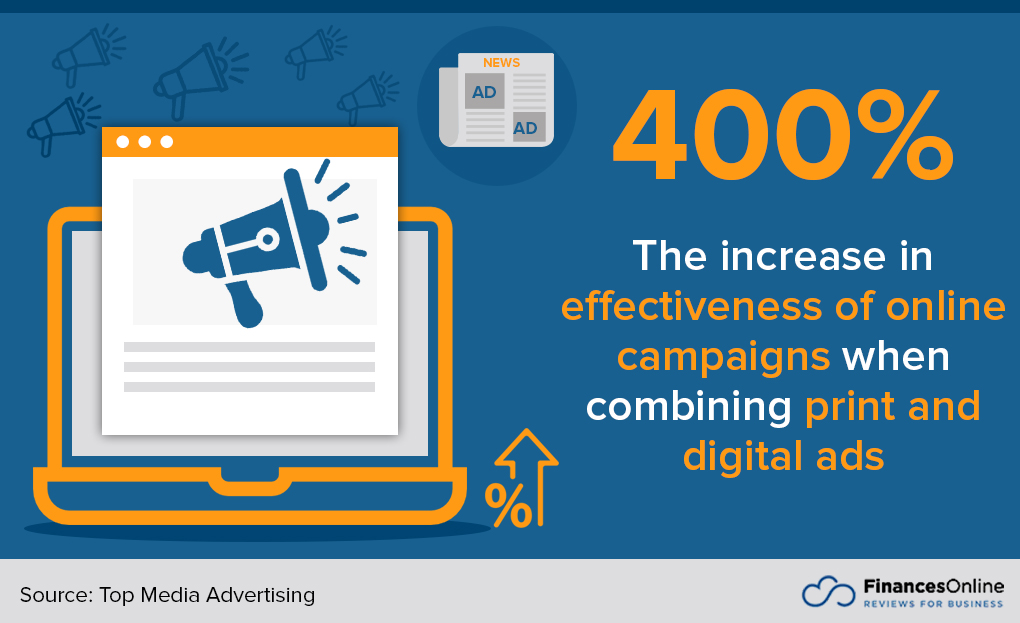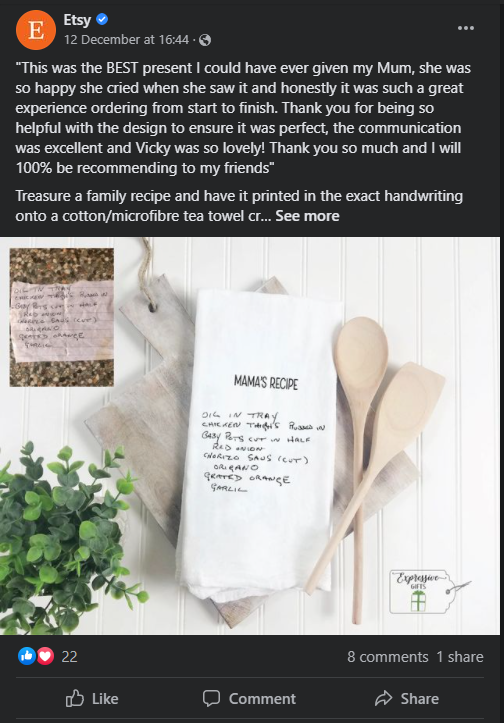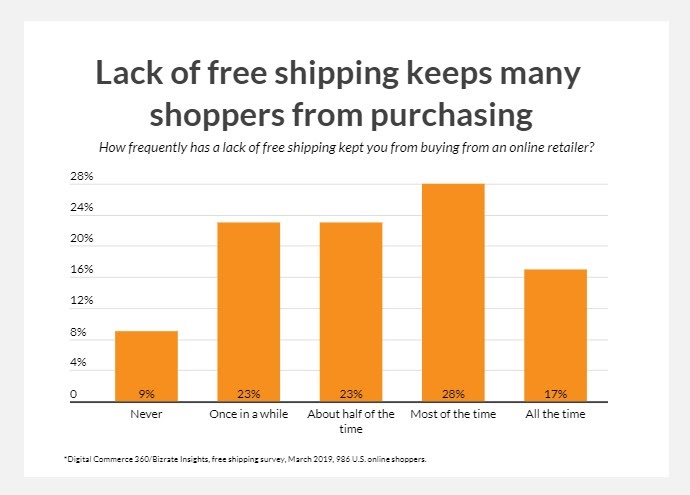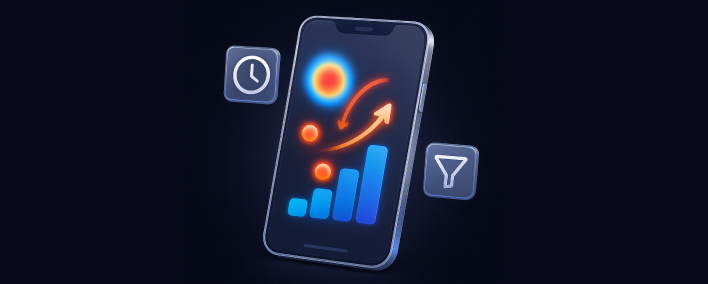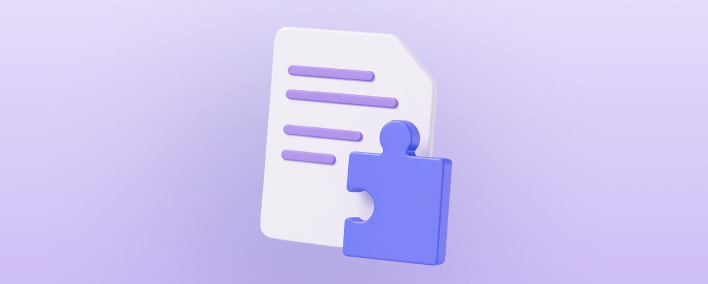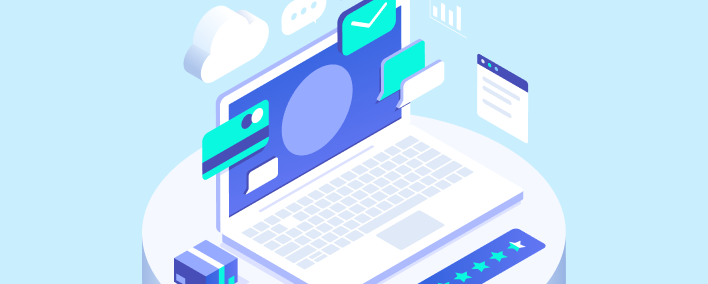Email Newsletters
Email newsletters are a great way to disseminate information about your brand to a more targeted audience. In your email newsletter you’ll have the opportunity to deep-dive into product-specific, informational content that will keep your base of email subscribers engaged.
Providing consistent, and more in-depth, updates is a great way to establish your startup as an industry authority and show your subscriber base that you value their time and engagement. Plus it’s an opportunity to sell yourself and communicate your brand identity.
The best email newsletters include:
- Compelling subject lines
- A consistent publication schedule
- Relevant and targeted information
- A clear, concise format
- A mobile-responsive design
- An option for readers to unsubscribe
- CTAs, incentives, and links that will encourage readers to click through to a relevant landing page on your website.
Relationships with Affiliates
Partner marketing (or affiliate marketing) is when one brand promotes the products of another brand in return for a stake in each sale via their affiliate link. Building a great affiliate program means you can share in the subscriber and customer base of other businesses with similar demographics.
In other words, in return for a small commission on each sale, you get the opportunity to tap into a ready made market of high-quality leads. Affiliates might be other brands, or even media personalities with large, or niche, online followings.
Content Marketing – Creating Content That Sells
Content is key. Make sure that you’re offering plenty of insightful, targeted, informative content. That applies to everything from your website copy, to your social media posts, to your emails, and blogs.
If you haven’t factored a company blog into your marketing plan yet, then get right to it. Consistently publishing industry specific content to your blog will establish your brand as reputable, authoritative, and, most importantly, keep people engaging with your platform. The best content is original, concise, and should align with your brand voice (whether that’s fun and casual or more formal).
Social Media
Using social media platforms is a given for any digital marketing campaign. Platforms like Facebook, Instagram, and Twitter harness mass followings and provide the ideal platform from which to market your startup with engaging content.
Targeted social media posts spread the word about new brands, and get the conversation started. One of the best things about social media marketing is that it allows brands to interact directly with their customers.
The more personalized the interactions, the better. Plus, these platforms offer brands the opportunity to partner up with social media influencers, bloggers, and other reputable businesses.
The below Facebook post by Etsy is a great example of how brands can use social media to market themselves creatively. Not only has Etsy harnessed the power of social media but, by incorporating a customer testimonial, Etsy is also using social proof to boost brand credibility.














